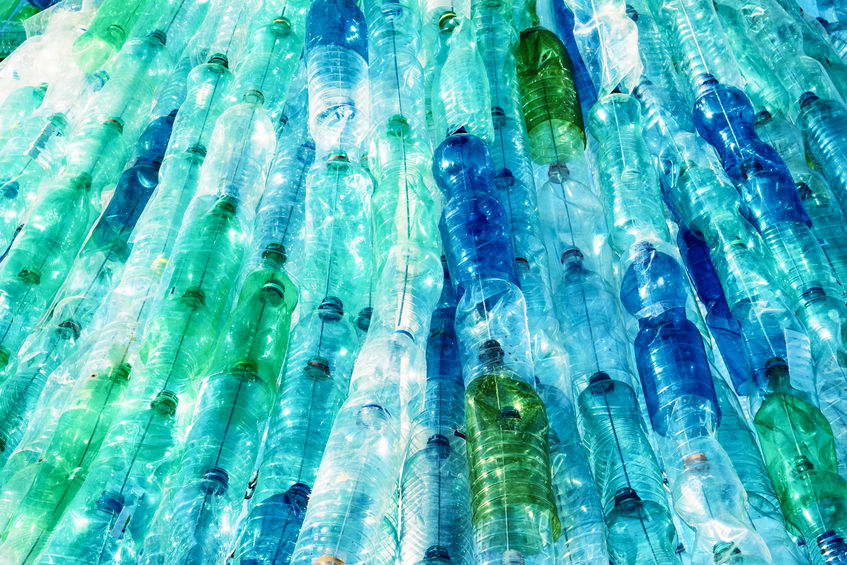Plastic is pretty incredible. It’s strong, durable, and easy to mold into just about any shape and size.
The problem, of course, is that some of these very strengths seem to be fueling its greatest weakness, especially when it comes to its impact on the environment. Plastic waste is becoming a widely publicized issue as globally, each year, some 8 million tons of it wind up in our oceans – 67 percent of which is from Asia.
Of course, the obvious solution is for folks to simply dispose of their plastic bottles and other items properly in a garbage can or recycling bin. But it’s doubtful even the best public education program is going to get everyone on board, especially rowdy teens out late on a Saturday night.
So what can be done? Well a group of researchers at the Ohio State University believe they may have a possible solution.
In a new study published in the journal Polymers, these scientists believe they have concocted a rubber-toughened product derived from microbial fermentation that could actually perform like conventional plastic, but be far more biodegradable.
“By melting rubber into a plant-based thermoplastic called PHBV along with organic peroxide and another additive called trimethylolpropane triacrylate (TMPTA),” the scientists say, they could create a product that is “75 percent tougher and 100 percent more flexible than PHBV on its own – meaning it is far easier to shape into food packaging.”
Of course this approach is not entirely new. Others have tried to make a form of biodegradable plastic using various other natural crops to replace the petroleum used in conventional plastic. But the Ohio State researchers believe their product may be superior because of its overall toughness and durability compared to the others.
So what do they foresee regarding its use? Well, beyond food packaging, the team believes its new product might have applications for such items as gloves, forks and knives, cutting boards and even building materials including parts for cars and airplanes.
Time will tell if these Ohio State scientists may have shaped and molded a brilliant solution to help better manage the problem of plastic waste.
